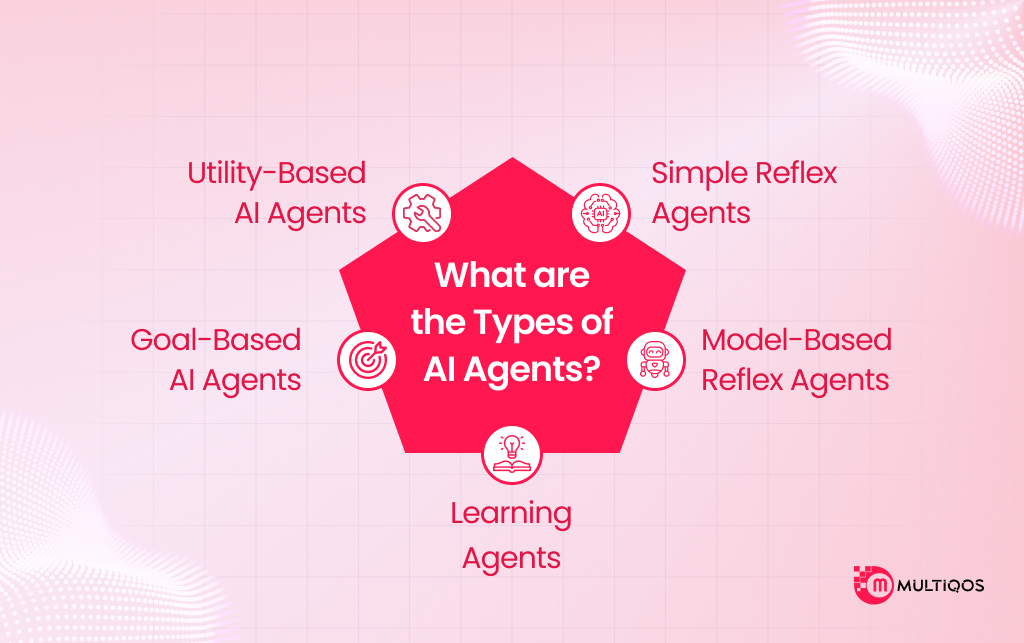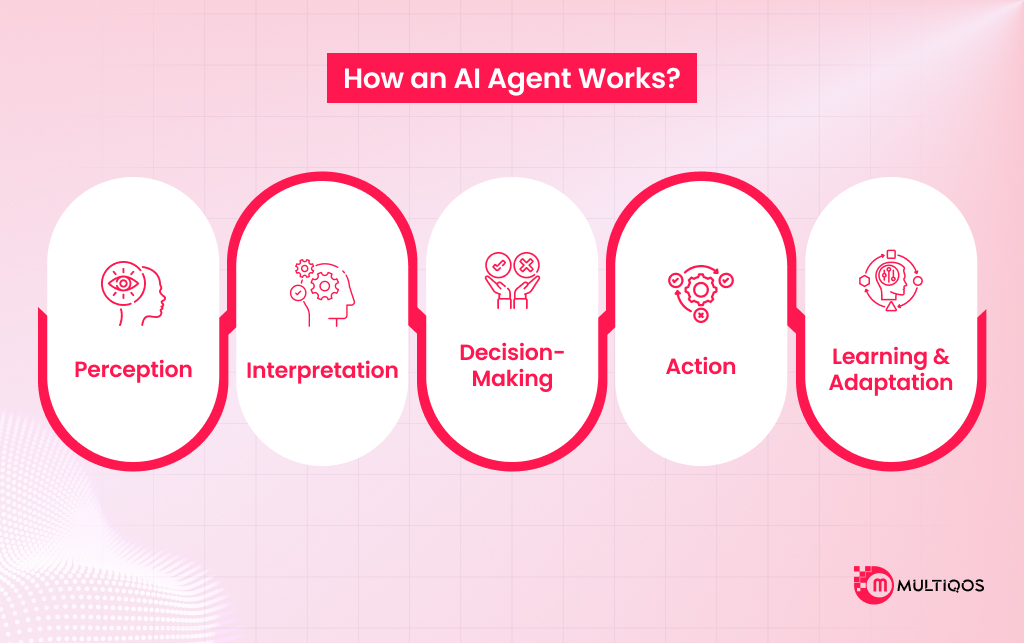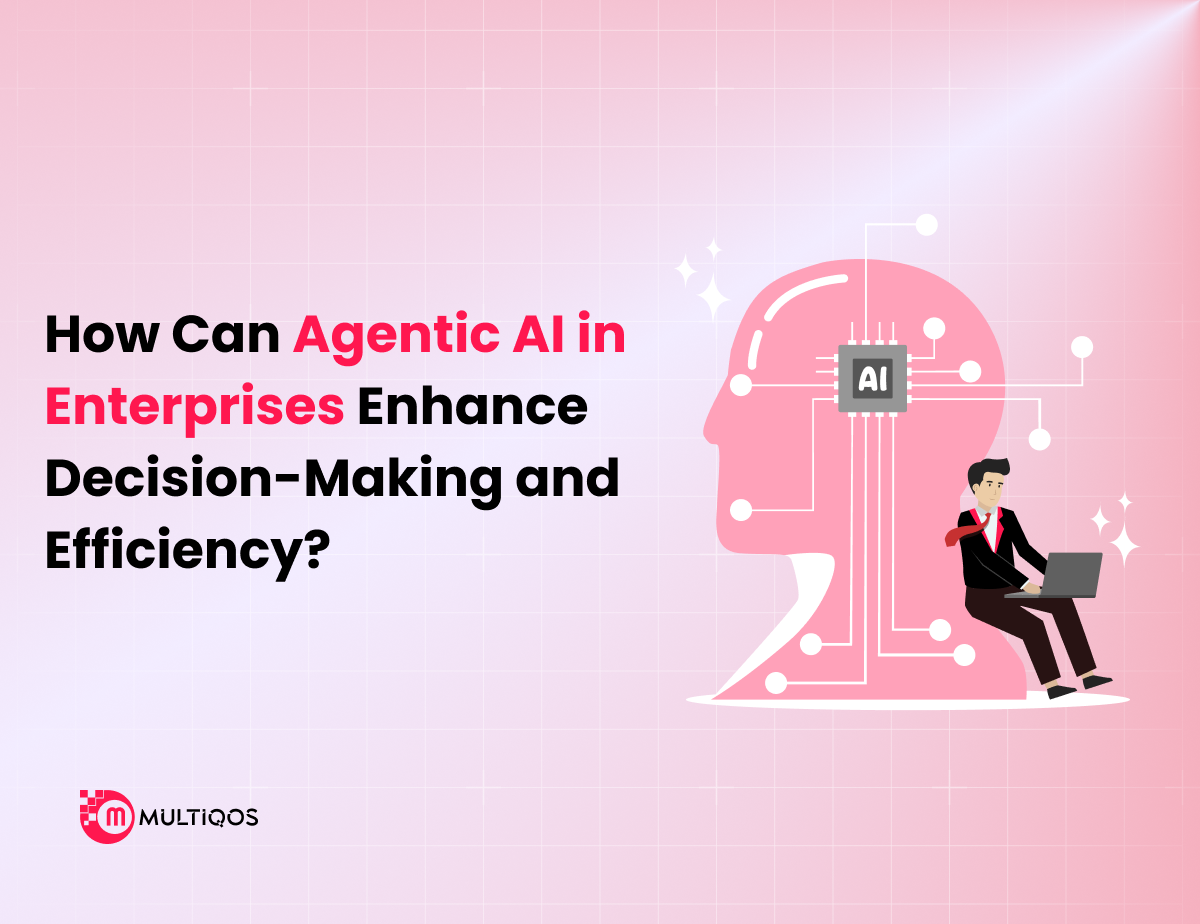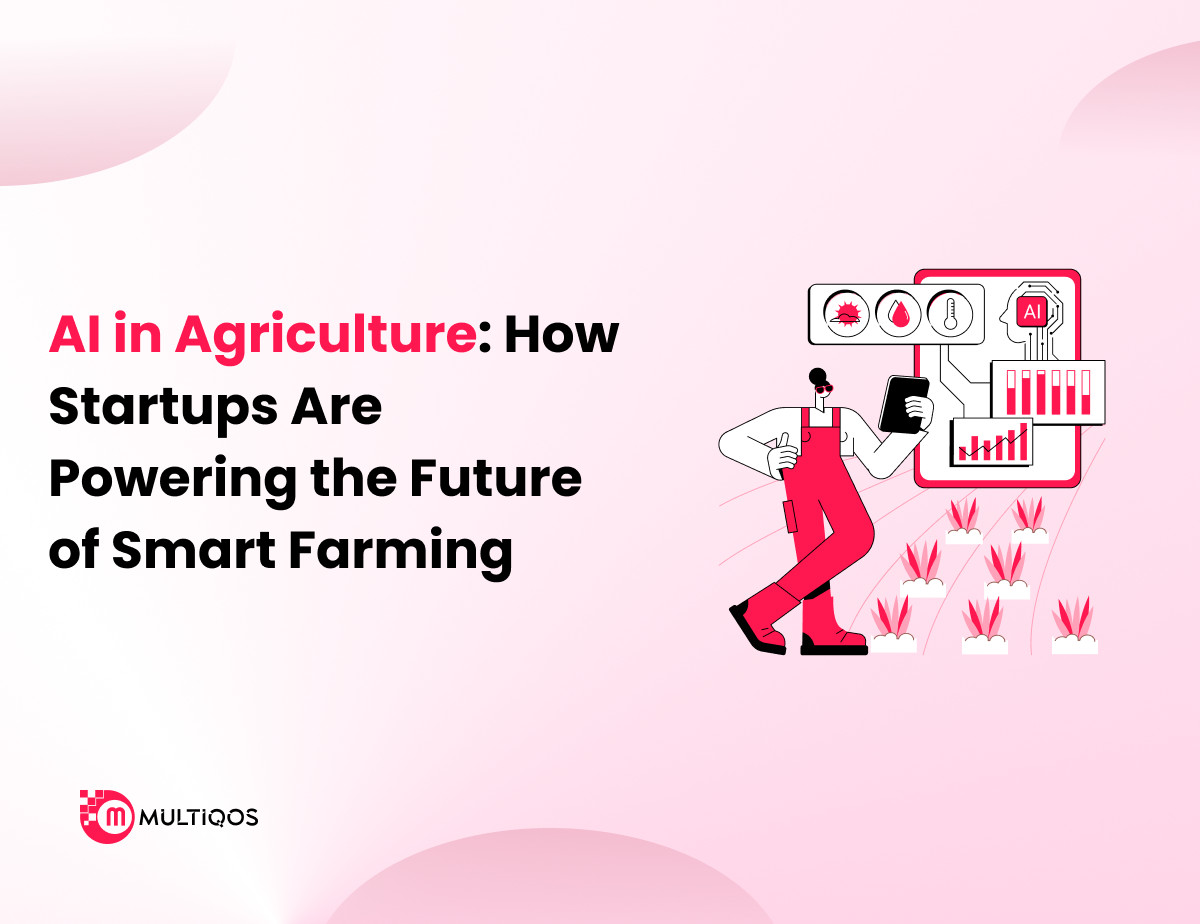What is an AI Agent? Definition, Examples, & How They Work
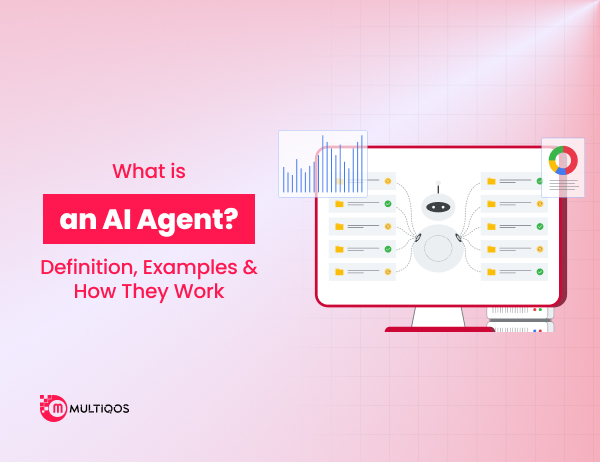
Summary:
This blog explains what is an AI agent, covering its definition, key characteristics, and how it operates through a perception-action loop. It includes real-world examples like virtual assistants, autonomous vehicles, and customer support bots, and outlines the growing role of AI agent development in building goal-driven, intelligent systems across industries.
Introduction
What if machines could think, learn, and act entirely on their own — responding to data on their own without programming by humans? This isn’t science fiction; it’s the power of AI agents unfolding. From chatbots engaging in small talk to robots maybe not quite but very nearly on the cusp of a journey to unknown terrain, AI agents are changing the way we interact with technology.
In this post, we cover the fundamentals of AI agents, specifically demonstrating how these intelligent entities perceive, reason, and act. You will also find out how an AI agent makes decisions in real-life situations—from virtual assistants to autonomous cars. And if you’re interested in creating these types of systems, we’ll provide a glimpse into the details of AI agent development.
What is an AI Agent?
An AI agent is an intelligent system that perceives its environment, makes decisions, and performs actions to accomplish its objectives. Such systems vary from simple bots that execute a single predefined function to sophisticated autonomous agents that can learn and evolve without human supervision.
Frequently, multiple agents collaborate, a setup known as multi-agent systems, allowing joint problem-solving in domains like robotics, logistics, and simulations. As AI agent development becomes increasingly mainstream, these intelligent systems are driving advances in automation, decision-making, and human-robot interaction.
What are the Types of AI Agents?
AI agents are artificial agents designed to take action, sense their environment, and do so in pursuit of a goal. However, these agents differ in their complexity and their control abilities—at one end of the spectrum are predefined, rule-based agents, while at the other end are agents capable of learning and making decisions. It is important to understand the various kinds of AI agents to choose an appropriate methodology to build intelligent solutions for a given task or environment.
1. Simple Reflex Agents
Reflex agents work based on a set of fixed rules, where each condition is attached to an operation. These agents react to inputs from their environment and do not have a memory of history or understanding of the world. This makes them quick and effective for tasks with stable and well-defined rules, but they are not robust in the presence of changes or in more uncertain environments.
Your simple reflex agent corresponds to a thermostat that uses a temperature reading and nothing else.
2. Model-Based Reflex Agents
Model-based reflex agents are an enhancement over the simple reflex agents as these agents maintain an internal state of the world to keep information on what the environment is actually like. That internal representation means they can keep in mind where things are and react more thoughtfully when the world changes.
By making use of this model when attempting to learn the current state, they can choose better actions, especially in the face of only a partially observable environment. These agents are applicable for relatively more complex tasks like robotic navigation and adaptive control systems.
3. Learning Agents
Adaptive agents can learn from their experience to get better at what they do. Unlike reflex agents, they are not programmed via sets of hard-set rules—instead, they learn and modify their behavior over time, by taking cues from their actions. A learning agent generally comprises a learning sub-system, a performance sub-system, a critic, and a problem generator.
This architecture allows the agent to adapt and better perform in uncertain or changing worlds. Examples are recommendation engines and personal AI Assistants adapting to the behavior according to user preferences.
4. Goal-Based AI Agents
Goal-based agents are supposed to work towards a goal. They will have “What will work” as their guide to what action will help them realize these goals. These agents are able to reason and plan about the future, allowing them to select the most appropriate action among possibilities. This makes them orders of magnitude more flexible and intelligent than reflex agents!
But they also need more computational resources to simulate what happens next. Goal-based agents are widely used in practical areas such as autonomous vehicles, robotics, and AI planning.
5. Utility-Based AI Agents
The utility measure frames the goal-based decision making and they have a utility function that quantifies the desirability of various outcomes. They do not optimize toward a single goal as much as they optimize to maximize some satisfaction, sum of satisfactions, or sum of benefits.
They can make tradeoffs, have preferences, and work well in situations where there may be uncertainty about the right course of action. They are used in finance systems, strategic AI games, and other tasks that demand decision-making with a high degree of strategy.
How an AI Agent Works?
An AI agent is a system designed to perceive its environment, make decisions, and take actions to achieve specific goals—often autonomously. It operates through the following core steps:
Perception
The agent gathers data from its environment using sensors or data inputs (e.g., APIs, user inputs, or system logs).
Interpretation
It processes this data to understand the current state of the environment. This may involve natural language understanding, computer vision, or other types of data analysis.
Decision-Making
Based on its goals and internal models (often powered by machine learning or rules), the agent selects the most appropriate action using reasoning, planning, or prediction mechanisms.
Action
The agent executes the chosen action—this could mean sending a message, updating a database, making an API call, or even controlling a robot.
Learning & Adaptation
Many AI agents use feedback loops to improve over time. Using reinforcement learning or supervised fine-tuning, they adapt their strategies based on outcomes and new data.
Conclusion
AI agents are reshaping the way businesses automate tasks, make decisions, and interact with everyday users. Smart chatbots to autonomous systems are driving digital innovation. For any organization wishing to remain competitive, it is of fundamental importance to understand how AI agents operate and delve into the top AI agent tools and frameworks that support them.
If you are at the beginning of AI agent development or want to scale existing platforms, working with a seasoned AI agent development company can assist you in creating intelligent, efficient , and future-ready solutions.
Frequently Asked Questions
An AI agent is a system or program that perceives its environment, makes decisions, and takes actions to achieve specific goals using artificial intelligence techniques.
Examples include virtual assistants like Siri or Alexa, recommendation engines on Netflix, autonomous robots, and customer service chatbots.
In AI, agents have sensors or inputs to observe their environment, algorithms or models to interpret information and rules or learning systems to determine actions.
A chatbot is a specific type of AI agent focused on conversation. AI agents can also include systems that make decisions, automate tasks, or operate independently beyond chat-based interactions.
Our AI agent development services involve planning, implementing, and enhancing artificial intelligent agents for specific business functions, including virtual assistants, automation bots, and decision-making systems.
To hire AI agent experts or work with an AI agent development company, check their expertise, portfolios, transparent development processes, and their understanding of the challenges and goals within your industry.
Get In Touch

